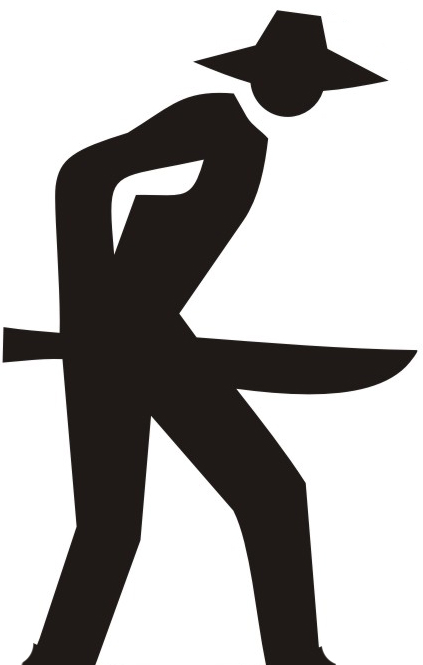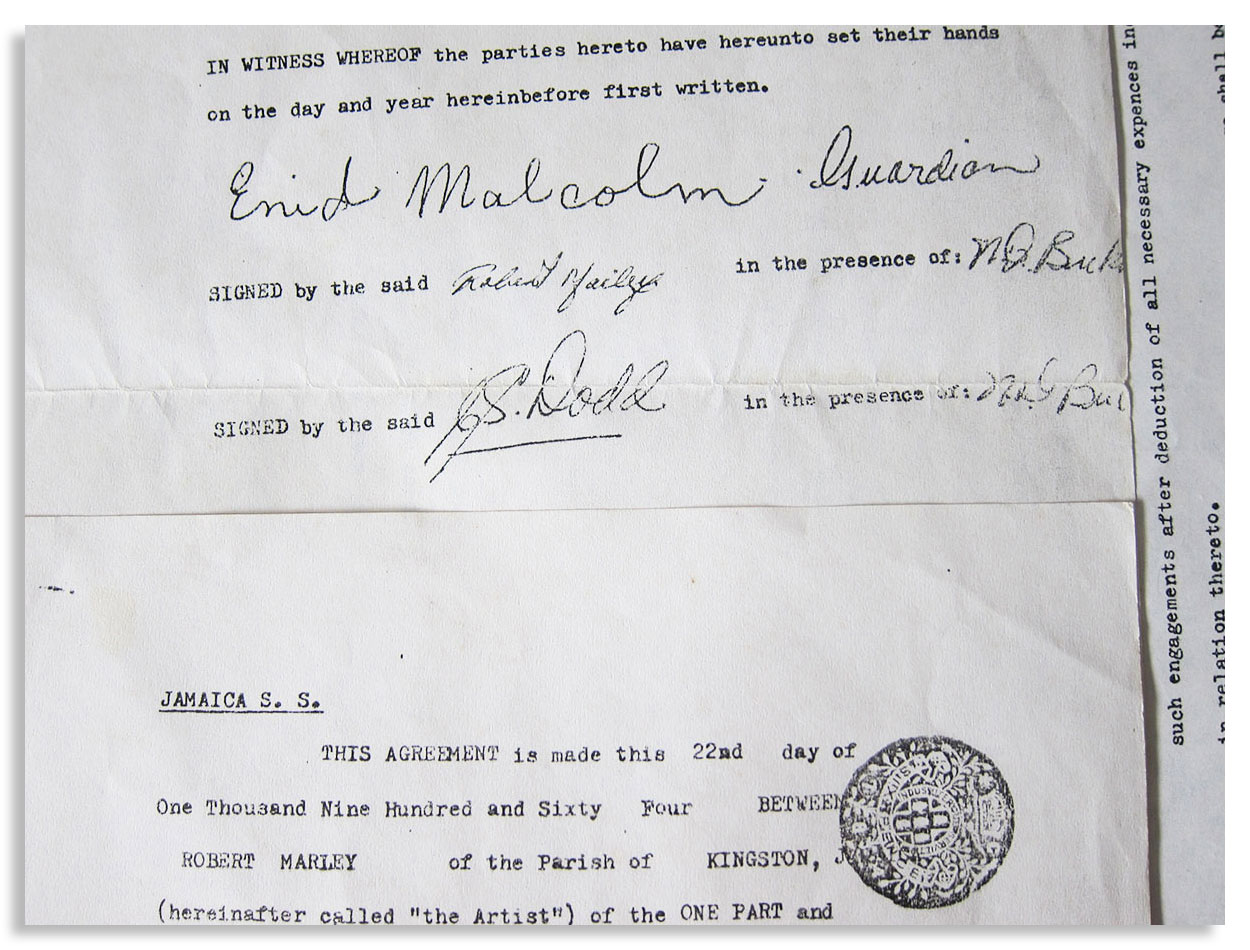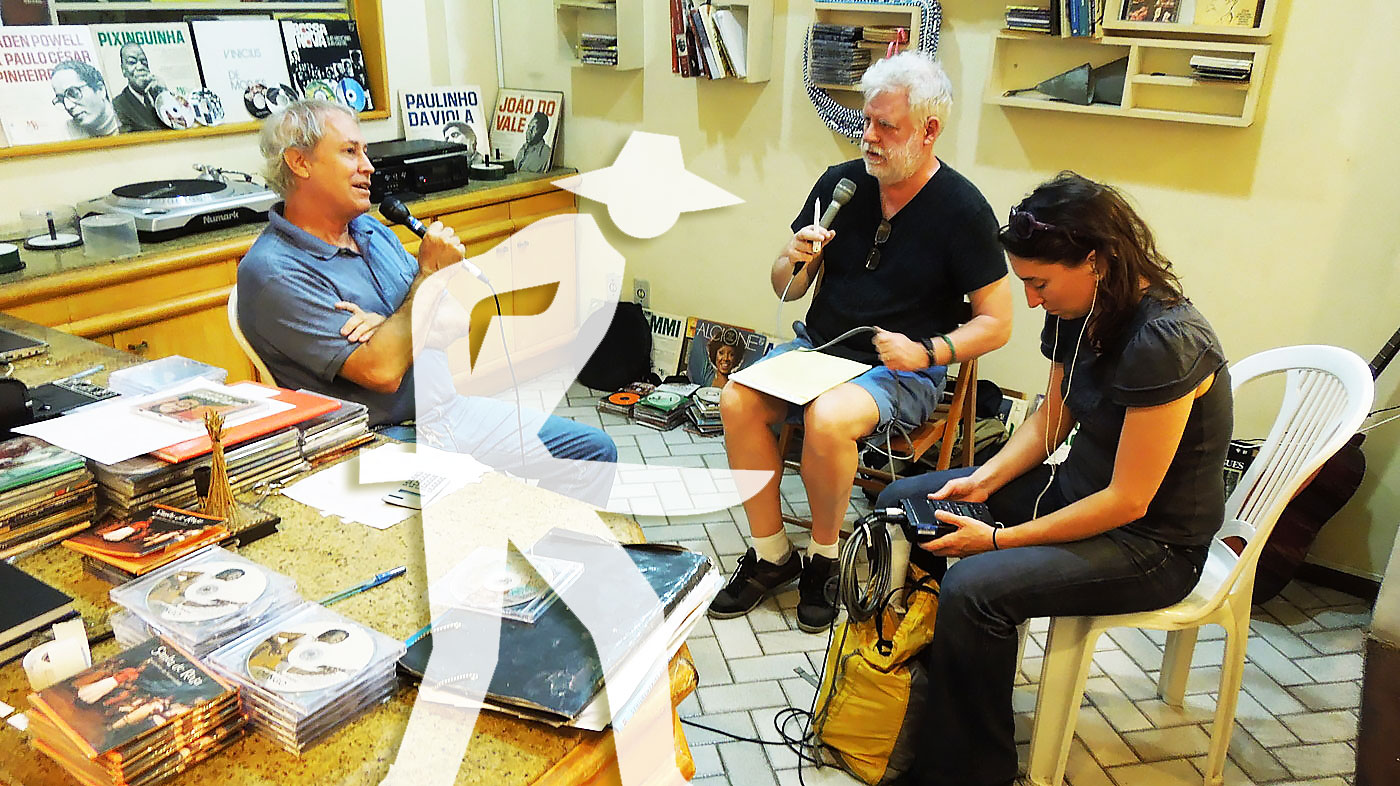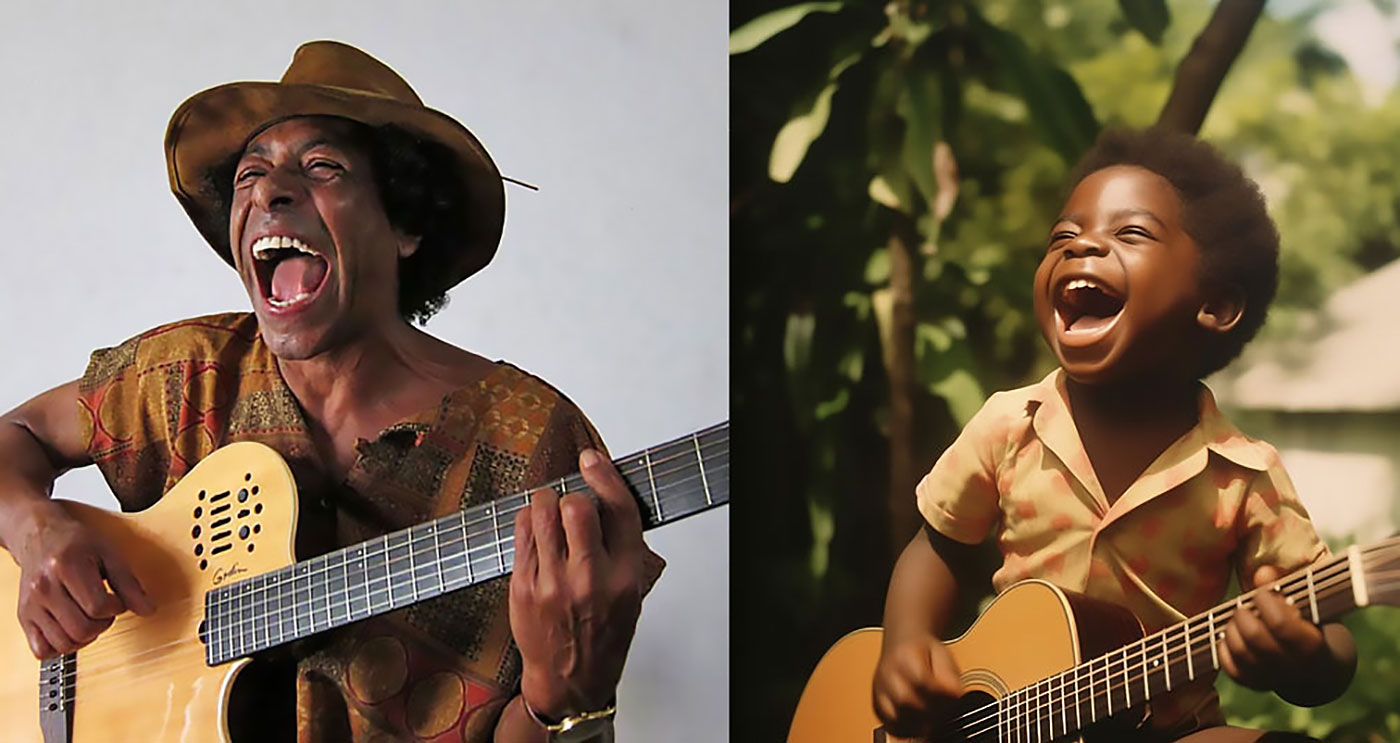CURATION
- from this page: by Matrix
Network Node
- Name: Russell Malone
- City/Place: Englewood, NJ
- Country: United States
Life & Work
-
Bio:
Russell Malone is one of the signature guitar players of his generation. The leader of ten albums since 1992, Malone is as well-known on the international circuit for helming a world-class quartet and trio as he is for his long-standing participation in Ron Carter’s Golden Striker Trio, and his recent consequential contribution to the musical production of the likes of Sonny Rollins and Dianne Reeves, who recruited Malone for his singular tone, refined listening skills, limitless chops, and efflorescent imagination.
In all these circumstances, Malone addresses the tradition on its own terms, refracting the vocabularies and syntax of such heroes as Charlie Christian, Chet Atkins, George Van Eps, Johnny Smith, Wes Montgomery, Grant Green, Kenny Burrell, Pat Martino, and George Benson into an argot entirely his own. A master of all tempos, a relentless swinger, he spins his stories — in idioms ranging from the urban and downhome blues, country, gospel, various corners of the American Songbook, and hardcore jazz—with a soulful, instantly recognizable instrumental voice, and seasons them with sophisticated harmonies that are never “too hip for the room.”
“T take pride on being open enough to play with anybody,” says Malone, citing encounters with such diverse artists as B.B. King, Aretha Franklin, Gladys Knight, Andy Williams, James “Blood” Ulmer, and Ornette Coleman. “I love to swing, but I don’t look down my nose at other styles of music, or other musicians. I'll play with anybody, if the music is good.”
Born in 1963 in Albany, Georgia, where he was raised, Malone received his first guitar— a green plastic four-string—at 4. He began playing in church at 6, and discovered jazz at 12, when he heard Benson perform on a PBS special with Benny Goodman, Teddy Wilson, Red Norvo, Milt Hinton, and Jo Jones. In short order, he purchased Benson’s Cookbook and Benson Burner, and Montgomery’s Smokin’ at the Half Note and Boss Guitar. “Those four records set me on a path that I have not deviated from,” Malone says.
After high school, Malone left Albany for an extended engagement in Houston with organist Al Rylander, who had employed the talented youngster for almost a year in a local club. In 1985, he moved to Atlanta, where he built a reputation sidemanning with, among others, saxophonist-blues singer Eddie “Cleanhead” Vinson, Little Anthony, Peabo Bryson, O.C. Smith and Freddy Cole, and leading units at Walter Mitty’s, a local club where touring musicians jammed after gigs. Two of them, Branford Marsalis and the legendary pianist John Hicks, encouraged Malone to come to New York City. He first visited the Apple in 1985, and began to network with generational peers, sitting in on various bandstands, jamming late nights at the Blue Note, and attending Barry Harris’ Jazz Cultural Theater.
From 1988 to 1990, Malone sete with Hammond B-3 icon Jimmy Smith, who “told me that he didn’t want me to play like my idols, gave me permission to speak with my own voice.” He garnered more visibility during a 1990-94 tenure with Harry Connick, who made it his practice to feature Malone’s singing and guitar playing at the start of his shows. In 1992, he signed with Connick’s label, Columbia, which released Russell Malone and Black Butterfly, on which Malone addressed the mix of genres—old-school and contemporary pop, original jazz, spirituals, and, of course, the blues—that continue to characterize his mature tonal personality.
During a 1994-98 stint with Diana Krall, he performed on three of Krall’s CDs, appeared in the Robert Altman film Kansas City, participated in Roy Hargrove’s Latin Grammy-winning Crisol band, and recorded Wholly Cats (Larry Willis, piano; Rodney Whitaker, bass; Yoron Israel, drums) for Japan’s Venus label. In 1998 he led the first of three recordings for Verve, including a personal favorite, Heartstrings, on which string arrangements by Johnny Mandel, Dori Caymmi, and Alan Broadbent and an all-star rhythm section—pianist Kenny Barron, bassist Christian McBride, and drummer Jeff Watts—enfold a succession of blue flame guitar solos.
Malone’s made five recordings with pianist Benny Green—three of them trios with McBride—between 1997 and 2004. All the aforementioned were close to bass legend Ray Brown, who first recorded with Malone in 2000 on Some of My Best Friends Are...Guitarists, and employed him in a crackling trio with Monty Alexander until his death in 2002, a few weeks after they made Brown’s final, eponymously titled recording. In 2003, Brown’s heir to the bass throne, Ron Carter, who had known Malone since both performed in Kansas City, recruited him for The Golden Striker, a bass-guitar-piano date with the late pianist Mulgrew Miller. Malone continues to play on Carter’s projects, and recently has spent consequential time in Dianne Reeves’ two-guitar unit with Romero Lubambo.
In 2004, Malone launched a still-ongoing relationship with MaxJazz with Playground, followed by Live At the Jazz Standard, Volumes 1 and 2, and the 2010 trio recital, Triple Play, with bassist David Wong and drummer Montez Coleman. Reviewing the latter, jazz journalist Doug Ramsey noted Malone’s “warmth, conversational phrasing and lack of hurry,” adding that, “in the absence of another chording instrument to collaborate or contend with, Malone is free to make harmonic choices without concern for clash or collision.”
“There was a period where I wanted validation, felt I needed to do certain things in order to get people’s approval,” Malone says. “I lacked the confidence to speak with the voice that was in me. But at some point, you have to accept who you are. No one will ever out-do me at being Russell Malone.” Malone’s latest recording is “All About Melody” on High Note Records.
Contact Information
-
Management/Booking:
Booking contact:
M.F. Productions
(912) 441-6072
[email protected]
Record label contact:
High Note Records
Barney Fields
(212) 873-2020
Media | Markets
- ▶ Website: http://russellmalone.net
- ▶ YouTube Music: http://music.youtube.com/channel/UCwYwXw6tGQ8G8f65e5a0X3A
- ▶ Spotify: http://open.spotify.com/album/5QUSWS0l3OXTKW5VdCYYYV
- ▶ Spotify 2: http://open.spotify.com/album/1XbeHh5Zx5btsmF4GBV96p
- ▶ Spotify 3: http://open.spotify.com/album/2kPTmAGkqbTkLXzY3TFKyW
- ▶ Spotify 4: http://open.spotify.com/album/3AXd6MmGNulAjs47rPPGhD
- ▶ Spotify 5: http://open.spotify.com/album/40iqza1Z69JsLWdqm2XqW1
- ▶ Spotify 6: http://open.spotify.com/album/1R2d2ZMwelyL9Us8vHfynx
More
-
Quotes, Notes & Etc.
“Obviously, we are in the capable hands of a master. Absolutely fluid touch and beautiful integration between moving lines and harmonic cadences. The sound of the instrument is well- balanced throughout the entire register. The relaxed quality of everything that’s being played gives it such a warm feeling. To play that stuff is extremely hard. This is an absolute master, the best of the best.”
— Kurt Rosenwinkel, responding to Russell Malone’s solo performance of “Remind Me” on Playground [MaxJazz, 2004], in a Down Beat Blindfold Test.
The Matrix is a small world network. Like stars coalescing into a galaxy, creators in the Matrix mathematically gravitate to proximity to all other creators in the Matrix, no matter how far apart in location, fame or society. This gravity is called "the small world phenomenon". Human society is a small world network, wherein over 8 billion human beings average 6 or fewer steps apart. Our brains contain small world networks...
![]() Wolfram MathWorld on the Small World Phenomenon
Wolfram MathWorld on the Small World Phenomenon
![]() Matemática Wolfram sobre o Fenômeno Mundo Pequeno
Matemática Wolfram sobre o Fenômeno Mundo Pequeno
"In a small world, great things are possible."

It's not which pill you take, it's which pathways you take. Pathways originating in the sprawling cultural matrix of Brazil: Indigenous, African, Sephardic and then Ashkenazic, European, Asian... Matrix Ground Zero is the Recôncavo, contouring the Bay of All Saints, earthly center of gravity for the disembarkation of enslaved human beings — and the sublimity they created — presided over by the ineffable Black Rome of Brazil: Salvador da Bahia.
("Black Rome" is an appellation per Caetano Veloso, son of the Recôncavo, via Mãe Aninha of Ilê Axé Opô Afonjá.)
"Dear Sparrow: I am thrilled to receive your email! Thank you for including me in this wonderful matrix."
—Susan Rogers: Personal recording engineer for Prince, inc. "Purple Rain", "Sign o' the Times", "Around the World in a Day"... Director of the Berklee Music Perception and Cognition Laboratory
"Thanks! It looks great!....I didn't write 'Cantaloupe Island' though...Herbie Hancock did! Great Page though, well done! best, Randy"
"We appreciate you including Kamasi in the matrix, Sparrow."
—Banch Abegaze: manager, Kamasi Washington
"This is super impressive work ! Congratulations ! Thanks for including me :)))"
—Clarice Assad: Pianist and composer with works performed by Yo Yo Ma and orchestras around the world
"Dear Sparrow, Many thanks for this – I am touched!"
—Julian Lloyd-Webber: UK's premier cellist; brother of Andrew Lloyd Webber (Evita, Jesus Christ Superstar, Cats, Phantom of the Opera...)
"Thanks, this is a brilliant idea!!"
—Alicia Svigals: World's premier klezmer violinist
Developed here in the Historic Center of Salvador da Bahia ↓ .
![]() Bule Bule (Assis Valente)
Bule Bule (Assis Valente)
"♫ The time has come for these bronzed people to show their value..."
Production: Betão Aguiar
MATRIX MODUS OPERANDI
Recommend somebody and you will appear on that person's page. Somebody recommends you and they will appear on your page.
Both pulled by the inexorable mathematical gravity of the small world phenomenon to within range of everybody inside.
And by logical extension, to within range of all humanity outside as well.
MATRIX (PARDAL)
I'm Pardal here in Brazil (that's "Sparrow" in English). The deep roots of this project are in Manhattan, where Allen Klein (managed the Beatles and The Rolling Stones) called me about royalties for the estate of Sam Cooke... where Jerry Ragovoy (co-wrote Time is On My Side, sung by the Stones; Piece of My Heart, Janis Joplin of course; and Pata Pata, sung by the great Miriam Makeba) called me looking for unpaid royalties... where I did contract and licensing for Carlinhos Brown's participation on Bahia Black with Wayne Shorter and Herbie Hancock...
...where I rescued unpaid royalties for Aretha Franklin (from Atlantic Records), Barbra Streisand (from CBS Records), Led Zeppelin, Mongo Santamaria, Gilberto Gil, Astrud Gilberto, Airto Moreira, Jim Hall, Wah Wah Watson (Melvin Ragin), Ray Barretto, Philip Glass, Clement "Sir Coxsone" Dodd for his interest in Bob Marley compositions, Cat Stevens/Yusuf Islam and others...
...where I worked with Earl "Speedo" Carroll of the Cadillacs (who went from doo-wopping as a kid on Harlem streetcorners to top of the charts to working as a janitor at P.S. 87 in Manhattan without ever losing what it was that made him special in the first place), and with Jake and Zeke Carey of The Flamingos (I Only Have Eyes for You)... stuff like that.

Yeah this is Bob's first record contract, made with Clement "Sir Coxsone" Dodd of Studio One and co-signed by his aunt because he was under 21. I took it to Black Rock to argue with CBS' lawyers about the royalties they didn't want to pay (they paid).
MATRIX MUSICAL
I built the Matrix below (I'm below left, with David Dye & Kim Junod for U.S. National Public Radio) among some of the world's most powerfully moving music, some of it made by people barely known beyond village borders. Or in the case of Sodré, his anthem A MASSA — a paean to Brazil's poor ("our pain is the pain of a timid boy, a calf stepped on...") — having blasted from every radio between the Amazon and Brazil's industrial south, before he was silenced. The Matrix started with Sodré, with João do Boi, with Roberto Mendes, with Bule Bule, with Roque Ferreira... music rooted in the sugarcane plantations of Bahia. Hence our logo (a cane cutter).
A Massa (do povo carente) / The Masses (of people in need)

-
Add to my PlaylistA Massa - Raymundo Sodré (7,093 plays)
-
Add to my PlaylistSina de Cantador - Raymundo So... (6,909 plays)
-
Add to my PlaylistMagnetismo - Raymundo Sodré ... (6,353 plays)
-
Add to my PlaylistSacando a Cana - Raymundo Sodr... (5,957 plays)
-
Add to my PlaylistMêrêrê - Raymundo Sodré (5,465 plays)
-
Add to my PlaylistJardim do Amor - Raymundo Sodr... (4,677 plays)
-
Add to my PlaylistDebaixo do Céu - Raymundo Sodr... (4,151 plays)
-
Add to my PlaylistDesejo de Amar - Raymundo Sodr... (3,861 plays)
-
Add to my PlaylistOração pra Yá Oxum - Raymundo ... (3,741 plays)
-
Add to my PlaylistYá África - Raymundo Sodré (3,509 plays)
-
Add to my PlaylistMeu Rio, Cadê o Papel - Raymun... (3,177 plays)
-
Add to my PlaylistCasa de Trois - Raymundo Sodré... (2,896 plays)
-
Add to my PlaylistMulher é Laço que Prende o Coração do Vaqueiro - R... (2,556 plays)




































































































































































































































































































































































































































































